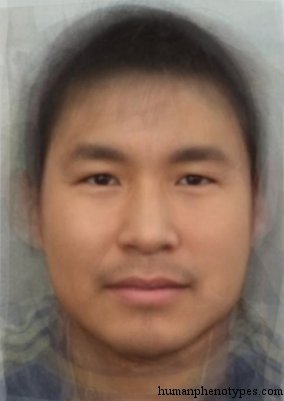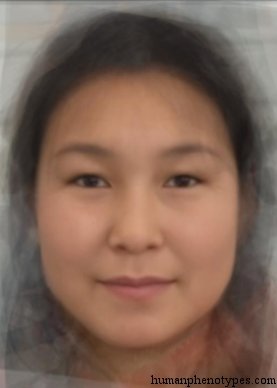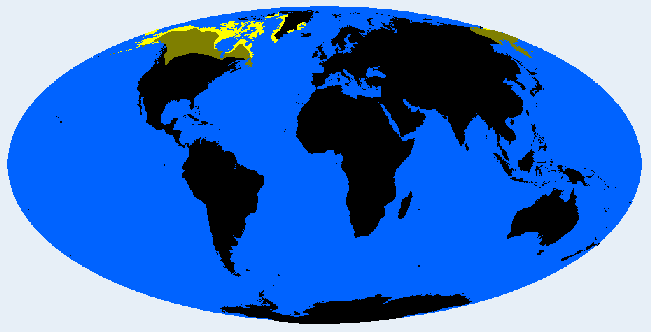Description:
Arctic group, the northernmost in the world, and the type with the best adaption to polar climate. Native from East Siberia to Greenland. Adaptions include rather short, stocky, and thickset bodies with short limbs, a very narrow nasal opening, and strong masticatory muscles. Often long-skulled, protruding cheekbones, frequent Mongolian folds, straight to wavy hair, modest pilous growth, yellowish-reddish light brown skin. Came to America with relatively recent migrations from North Asia only a few millennia ago. The Inuid variety is usually regarded as the most typical. At the Bering Strait a broader-skulled and -nosed variety, the Bering Sea type, is found.Names:
Eskimid (Eickstedt, 1937. 1952; Vogel, 1974; Lundman, 1967, 1988; Knussmann, 1996), Eskimo (Cole, 1965; Vallois, 1968; Debets, 1974), Eschimidi (Biasutti, 1967), Artic (Cheboksarov, 1951; Alexeev, 1979), Sibiriderna (Lundman, 1943), Esqímidos (Canals-Frau, 1950) Homo s. groenlandus (Fabricus, 1780).





